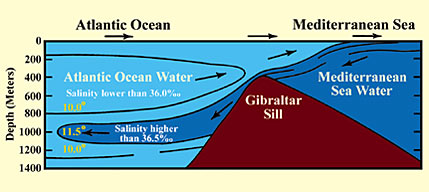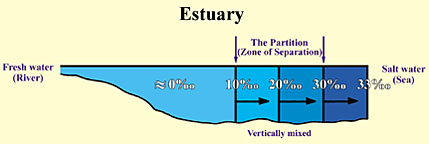
Monday, August 24, 2009
Wednesday, May 20, 2009
Why did the Quran describe the front of the head as being lying and sinful? Why didn’t the Quran say that the person was lying and sinful? What is the relationship between the front of the head and lying and sinfulness? If we look into the skull at the front of the head, we will find the prefrontal area of the cerebrum (see figure 12). What does physiology tell us about the function of this area? A book entitled Essentials of Anatomy & Physiologysays about this area, “The motivation and the foresight to plan and initiate movements occur in the anterior portion of the frontal lobes, the prefrontal area. This is a region of association cortex...”1 Also the book says, “In relation to its involvement in motivation, the prefrontal area is also thought to be the functional center for aggression....”2
So, this area of the cerebrum is responsible for planning, motivating, and initiating good and sinful behavior and is responsible for the telling of lies and the speaking of truth. Thus, it is proper to describe the front of the head as lying and sinful when someone lies or commits a sin, as the Quran has said, “...A lying, sinful naseyah (front of the head)!” Scientists have only discovered these functions of the prefrontal area in the last sixty years, according to Professor Keith L. Moore.3 sobhan ALLAH wbehamdh |

This is how the Quran has described mountains. God has said in the Quran:
Modern earth sciences have proven that mountains have deep roots under the surface of the ground (see figure 9) and that these roots can reach several times their elevations above the surface of the ground.2 So the most suitable word to describe mountains on the basis of this information is the word ‘peg,’ since most of a properly set peg is hidden under the surface of the ground. The history of science tells us that the theory of mountains having deep roots was introduced only in the latter half of the nineteenth century.3 Mountains also play an important role in stabilizing the crust of the earth.4 They hinder the shaking of the earth. God has said in the Quran:
Likewise, the modern theory of plate tectonics holds that mountains work as stabilizers for the earth. This knowledge about the role of mountains as stabilizers for the earth has just begun to be understood in the framework of plate tectonics since the late 1960’s.5 Could anyone during the time of the Prophet Muhammad
|
Wednesday, May 6, 2009

Although there are large waves, strong currents, and tides in these seas, they do not mix or transgress this barrier. The Holy Quran mentioned that there is a barrier between two seas that meet and that they do not transgress. God has said:
But when the Quran speaks about the divider between fresh and salt water, it mentions the existence of “a forbidding partition” with the barrier. God has said in the Quran:
One may ask, why did the Quran mention the partition when speaking about the divider between fresh and salt water, but did not mention it when speaking about the divider between the two seas? Modern science has discovered that in estuaries, where fresh (sweet) and salt water meet, the situation is somewhat different from what is found in places where two seas meet. It has been discovered that what distinguishes fresh water from salt water in estuaries is a “pycnocline zone with a marked density discontinuity separating the two layers.”3 This partition (zone of separation) has a different salinity from the fresh water and from the salt water4 (see figure 14).
This information has been discovered only recently, using advanced equipment to measure temperature, salinity, density, oxygen dissolubility, etc. The human eye cannot see the difference between the two seas that meet, rather the two seas appear to us as one homogeneous sea. Likewise, the human eye cannot see the division of water in estuaries into the three kinds: fresh water, salt water, and the partition (zone of separation).
|



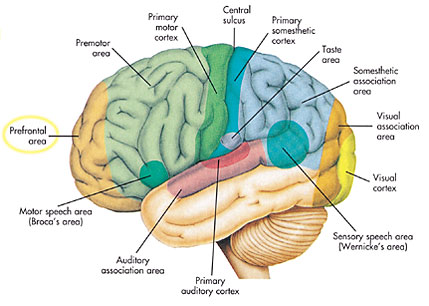
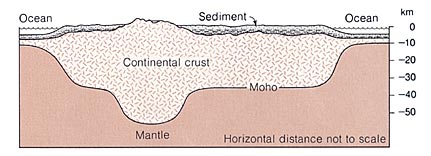
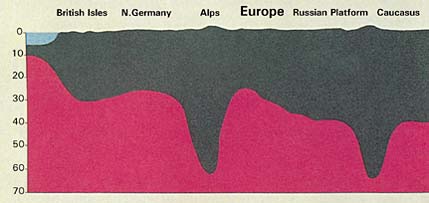

 Could anyone imagine that the solid massive mountain which he sees before him actually extends deep into the earth and has a root, as scientists assert? A large number of books of geology, when discussing mountains, only describe that part which is above the surface of the earth. This is because these books were not written by specialists in geology. However, modern geology has confirmed the truth of the Quranic verses.
Could anyone imagine that the solid massive mountain which he sees before him actually extends deep into the earth and has a root, as scientists assert? A large number of books of geology, when discussing mountains, only describe that part which is above the surface of the earth. This is because these books were not written by specialists in geology. However, modern geology has confirmed the truth of the Quranic verses.